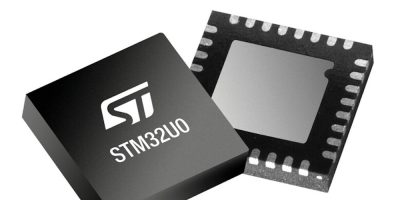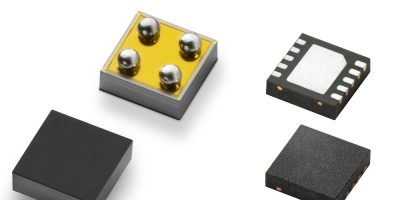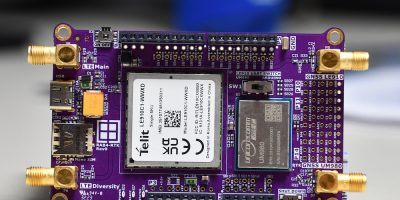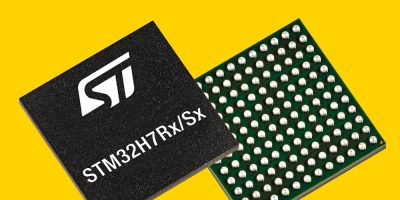ST has introduced a new generation of energy-conscious and cost-effective microcontrollers (MCUs) that can reduce energy consumption by up to 50% compared to previous product generations. This enables less frequent battery replacements, minimises the impact of discarded batteries, and allows more designs to go battery free running solely from an energy-harvesting system such as a small photovoltaic cell.
In the global pursuit of sustainability, technologies deployed in smart buildings and Internet of Things (IoT) applications are critical tools for managing energy and resources efficiently. At the heart of the smart sensors and actuators making them possible, ST’s microcontrollers manage the processes that collect, filter, analyse, and act, communicating with high-level applications in the cloud. There are billions of these MCUs in action already and the expansion of smart living and working will demand billions more.
“It’s vital that these pervasive devices consume as little energy as possible as they help to minimise waste elsewhere. The new STM32U0 microcontroller series we are introducing today takes this notion to a new level, building on our proven ultra-low-power technologies,” explained Patrick Aidoune, General Purpose MCU Division General Manager, STMicroelectronics. “In fact, our new MCUs consume so little power that small devices in some dedicated applications like industrial sensor management can run for twice as long from the same size battery. This comes with the opportunity to add more advanced features and deliver cost-effective solutions for a variety of industrial, medical and consumer devices.”
The new STM32U0 MCUs enable this great leap in energy efficiency through a combination of their state-of-the-art design techniques and advanced manufacturing process. These include extremely low static power consumption in standby mode and superior wake-up performance, enabling the MCU to spend more time in power-saving sleep modes to minimise average energy demand.
One lead customer, in the security-systems market, is using the STM32U0 in security cameras to wake the device when motion is detected and thus enhance surveillance while saving energy. Another has created ultra-long-lasting smoke detectors, while a further application, by Ascoel, is using the STM32U0 to manage power-conscious functions of a water meter.
The STM32U0 enhances cost-effectiveness by providing an LCD segment display controller. Devices with an LCD, like Ascoel’s water meter as well as thermostats, smart retail labels, access-control panels, and factory automation can take advantage of this to reduce the cost of their PCB. Additional value-added features of STM32U0 MCUs include numerous analog peripherals like analog-to-digital converters (ADC), digital-to-analog converters (DAC), operational amplifiers, and comparators. There is also an on-chip system oscillator that helps cut the bill of materials to save costs and PCB space.
STM32U0 devices are the first MCUs running on Arm Cortex-M0+ targeting SESIP Level 3 and PSA level 1 focusing on firmware code protection. Certification provides an independent assurance of the STM32U0 security capabilities that product manufacturers can leverage to comply with the coming voluntary US Cyber Trust Mark and mandatory EU Radio Equipment Directive (RED).
Developers can also take advantage of up to 256KB of Flash, package options up to 81 pins, and 56MHz core speed, which are generous specifications for this class of device.







